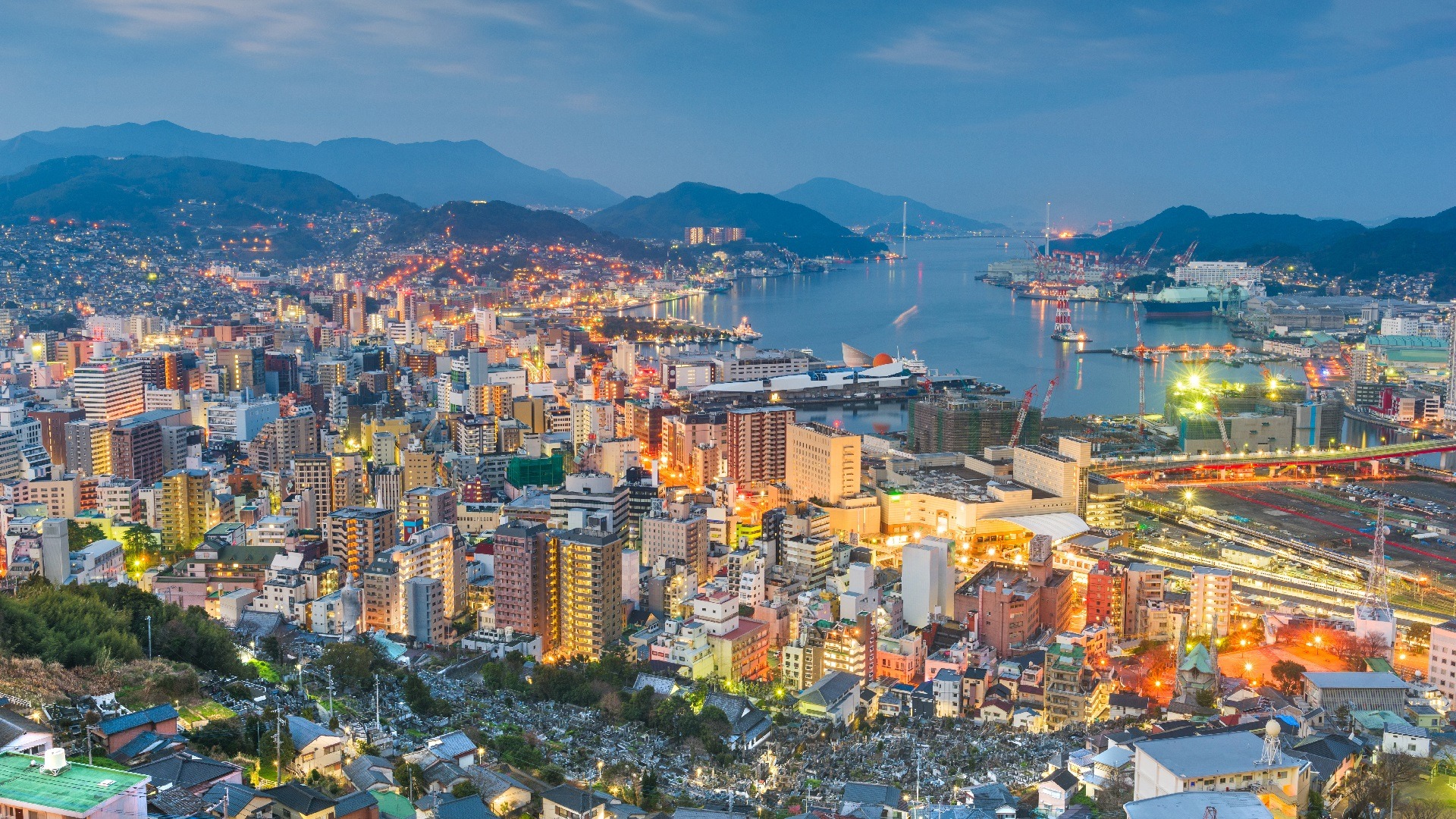spiritof.info – Nagasaki, located on the island of Kyushu in Japan, is a city rich in history, culture, and natural beauty. Known for its pivotal role in global events, Nagasaki offers a unique blend of historical significance and modern charm.
Historical Significance
Nagasaki has a profound historical backdrop, most notably as one of the two Japanese cities devastated by atomic bombs during World War II. On August 9, 1945, the bombing of Nagasaki marked a turning point in the war, leading to Japan’s eventual surrender. Today, the city stands as a symbol of peace and resilience, with numerous memorials dedicated to preserving the memory of those affected by the tragedy. The Nagasaki Peace Park and the Atomic Bomb Museum are poignant reminders of the city’s past and its commitment to promoting peace.
Cultural Influences
Due to Nagasaki’s history as a major port city, it has long been a melting pot of cultures. The city was one of Japan’s few gateways to the outside world during the country’s period of isolation, allowing for a unique blend of Japanese, Chinese, and Western influences. This cultural diversity is evident in the city’s architecture, cuisine, and festivals. The Oura Catholic Church, the oldest Christian church in Japan, and the Glover Garden, showcasing Western-style buildings from the Meiji era, are testaments to this cultural amalgamation.
Natural Beauty
Nagasaki is not just a city of historical importance; it is also blessed with stunning natural landscapes. The city is surrounded by mountains and bordered by the sea, offering breathtaking views and outdoor activities. Mount Inasa provides panoramic vistas of the city and is especially popular at night. Additionally, the nearby Goto Islands and Unzen-Amakusa National Park offer opportunities for hiking, hot springs, and exploring diverse ecosystems.
Modern Nagasaki
In present times, Nagasaki is a vibrant and thriving city, balancing its historical legacy with modern development. The city is home to a bustling port, a hub for both domestic and international trade. Its economy is also supported by shipbuilding, manufacturing, and tourism. Festivals such as the Nagasaki Lantern Festival and the Kunchi Festival attract visitors from around the world, showcasing the city’s dynamic culture and traditions.
Conclusion
Nagasaki is a city that embodies resilience, having risen from the ashes of its past to become a beacon of peace and cultural diversity. Its rich history, combined with its scenic beauty and modern vibrancy, makes it a fascinating destination for anyone interested in exploring the depths of Japan’s cultural tapestry and historical narrative. Whether you’re walking through its tranquil parks, sampling its diverse cuisine, or simply enjoying the views, Nagasaki offers something for everyone.
